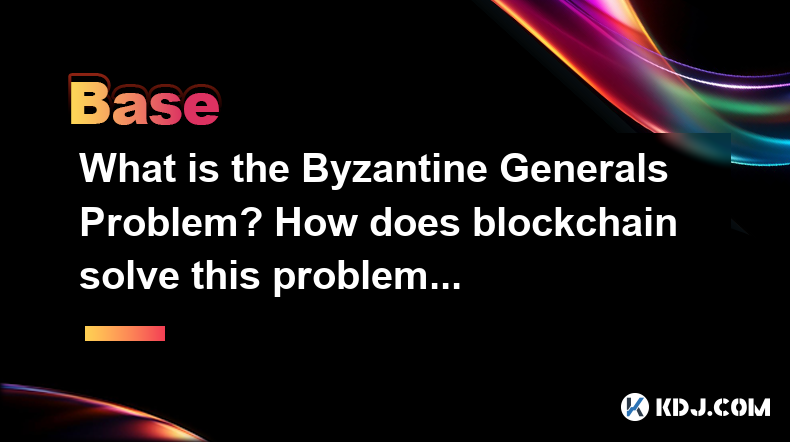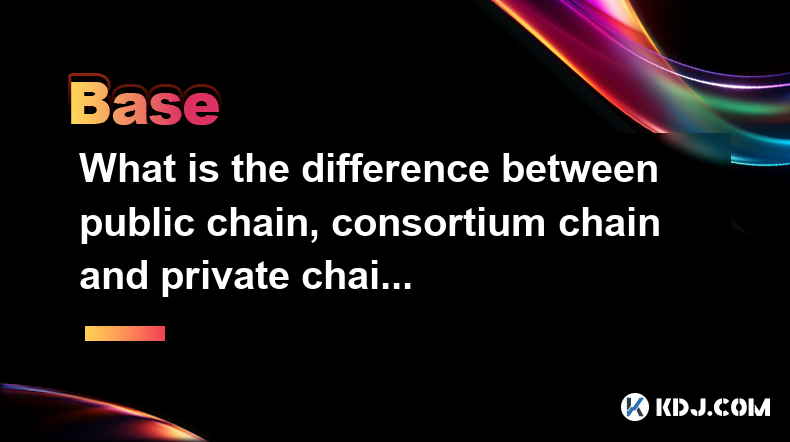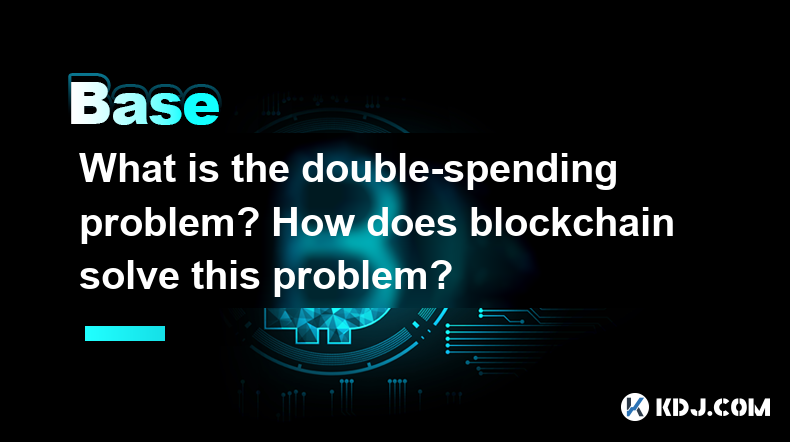-
 Bitcoin
Bitcoin $84,094.4129
1.60% -
 Ethereum
Ethereum $1,821.7742
0.59% -
 Tether USDt
Tether USDt $0.9997
0.00% -
 XRP
XRP $2.1407
3.87% -
 BNB
BNB $598.6984
1.20% -
 Solana
Solana $123.4827
5.75% -
 USDC
USDC $1.0000
0.01% -
 Dogecoin
Dogecoin $0.1722
7.24% -
 Cardano
Cardano $0.6642
2.33% -
 TRON
TRON $0.2385
0.43% -
 UNUS SED LEO
UNUS SED LEO $9.5334
1.35% -
 Chainlink
Chainlink $13.0140
1.67% -
 Toncoin
Toncoin $3.4052
-5.95% -
 Stellar
Stellar $0.2604
-0.03% -
 Avalanche
Avalanche $18.2768
0.91% -
 Sui
Sui $2.2810
1.88% -
 Shiba Inu
Shiba Inu $0.0...01232
0.77% -
 Hedera
Hedera $0.1646
1.14% -
 Litecoin
Litecoin $84.6257
1.99% -
 Polkadot
Polkadot $4.0498
-0.10% -
 MANTRA
MANTRA $6.2711
-2.10% -
 Bitcoin Cash
Bitcoin Cash $302.6871
0.34% -
 Bitget Token
Bitget Token $4.5346
1.16% -
 Dai
Dai $1.0000
0.00% -
 Ethena USDe
Ethena USDe $0.9991
-0.04% -
 Hyperliquid
Hyperliquid $12.2705
5.21% -
 Monero
Monero $217.6766
2.41% -
 Uniswap
Uniswap $5.9514
2.02% -
 Pi
Pi $0.5240
-7.74% -
 Pepe
Pepe $0.0...07231
8.85%
What is a hash algorithm? One article will introduce hash algorithms in a simple way!
Hash algorithms are mathematical functions that convert large input data into fixed-size smaller strings, called hash values, which are used in data integrity checks, authentication, and encryption.
Oct 19, 2024 at 01:59 pm

What is a Hash Algorithm?
A hash algorithm is a mathematical function that converts a large string of data into a smaller, fixed-size string. The output of a hash algorithm is called a hash value, or simply a hash.
Hash algorithms are used in a variety of applications, including:
- Data integrity: Hash algorithms can be used to verify that data has not been tampered with. A hash value is calculated for the original data, and then the data is transferred. When the data is received, a new hash value is calculated for the data. If the two hash values match, then the data has not been tampered with.
- Authentication: Hash algorithms can be used to authenticate users. A user's password is stored as a hash value, and when the user logs in, the password they enter is hashed and compared to the stored hash value. If the two hash values match, then the user is authenticated.
- Encryption: Hash algorithms can be used to encrypt data. The data is hashed, and then the hash value is encrypted. The encrypted hash value is stored, and when the data needs to be decrypted, the encrypted hash value is decrypted and the data is hashed. If the two hash values match, then the data is decrypted.
How Do Hash Algorithms Work?
Hash algorithms work by dividing the input data into smaller blocks and then performing a series of calculations on each block. The calculations are designed to create a unique hash value for the input data.
The most common hash algorithm is the Secure Hash Algorithm (SHA). SHA is a family of hash functions that includes SHA-1, SHA-256, and SHA-512. The SHA-256 algorithm is the most widely used hash algorithm today.
Types of Hash Algorithms
There are many different types of hash algorithms, including:
- Cryptographic hash functions: Cryptographic hash functions are designed to be one-way functions. This means that it is easy to calculate the hash value for a given input, but it is very difficult to find an input that produces a given hash value. Cryptographic hash functions are used in applications where security is important, such as authentication and encryption.
- Non-cryptographic hash functions: Non-cryptographic hash functions are not designed to be one-way functions. This means that it is possible to find an input that produces a given hash value. Non-cryptographic hash functions are used in applications where speed is more important than security, such as data integrity verification.
Examples of Hash Algorithms
The following are some examples of hash algorithms:
- MD5: MD5 is a cryptographic hash function that produces a 128-bit hash value. MD5 is a popular hash algorithm, but it is no longer considered to be secure.
- SHA-1: SHA-1 is a cryptographic hash function that produces a 160-bit hash value. SHA-1 is a more secure hash algorithm than MD5, but it is still not considered to be secure.
- SHA-256: SHA-256 is a cryptographic hash function that produces a 256-bit hash value. SHA-256 is considered to be a secure hash algorithm.
- SHA-512: SHA-512 is a cryptographic hash function that produces a 512-bit hash value. SHA-512 is considered to be the most secure hash algorithm.
Conclusion
Hash algorithms are a powerful tool that can be used for a variety of purposes. By understanding how hash algorithms work, you can use them to improve the security and integrity of your data.
Disclaimer:info@kdj.com
The information provided is not trading advice. kdj.com does not assume any responsibility for any investments made based on the information provided in this article. Cryptocurrencies are highly volatile and it is highly recommended that you invest with caution after thorough research!
If you believe that the content used on this website infringes your copyright, please contact us immediately (info@kdj.com) and we will delete it promptly.
- As Excitement Continues to Swell Around XRP's Bullish Potential
- 2025-04-05 06:30:12
- Bitcoin (BTC) Drops to $82,000 Following Donald Trump's Widespread Tariffs
- 2025-04-05 06:30:12
- Bitcoin (BTC) is trading at $84,003, facing potential bearish pressure across multiple timeframes
- 2025-04-05 06:25:12
- Binance (BNB) Confirms That FDUSD's Reserves Exceed Its Circulation
- 2025-04-05 06:25:12
- Payment giant PayPal adds Solana (SOL) and Chainlink (LINK) to its growing list of supported digital assets
- 2025-04-05 06:20:12
- Binance Declines to List Pi Network in Its Newest Vote to List Initiative
- 2025-04-05 06:20:12
Related knowledge

Why is the oracle called the bridge between blockchain and the real world?
Apr 04,2025 at 04:00am
The concept of an oracle in the cryptocurrency and blockchain world is crucial for understanding how these decentralized systems interact with external data. The oracle is often referred to as the bridge between blockchain and the real world because it serves as a vital intermediary that fetches, verifies, and transmits off-chain data to the on-chain en...

What is the Byzantine Generals Problem? How does blockchain solve this problem?
Apr 05,2025 at 06:29am
The Byzantine Generals Problem is a classic problem in the field of distributed computing and computer science, which has significant implications for the reliability and security of decentralized systems, including blockchain technology. This problem is named after a hypothetical scenario involving several generals of the Byzantine army who must coordi...

What role does the Merkle tree play in the blockchain? Why can it verify data integrity?
Apr 04,2025 at 01:29pm
The Merkle tree plays a crucial role in the blockchain, primarily due to its ability to efficiently and securely verify data integrity. This article will delve into the structure of a Merkle tree, its implementation in blockchain, and how it ensures the integrity of data. Understanding the Structure of a Merkle TreeA Merkle tree, also known as a hash tr...

What is the difference between public chain, consortium chain and private chain? What scenarios are suitable for each?
Apr 04,2025 at 09:21pm
In the world of blockchain technology, understanding the differences between public chains, consortium chains, and private chains is crucial for selecting the right type of blockchain for specific applications. Each type of blockchain has its own unique characteristics and use cases, which we will explore in detail. Understanding Public ChainsPublic cha...

What is the double-spending problem? How does blockchain solve this problem?
Apr 04,2025 at 09:07am
The double-spending problem is a significant challenge in the realm of digital currencies. Double-spending refers to the potential for a digital currency to be spent more than once. This issue arises because digital files, unlike physical cash, can be easily duplicated. If not addressed, double-spending could undermine the integrity and trust in any dig...

What role does consensus mechanism play in blockchain? Why can't everyone keep accounts?
Apr 05,2025 at 12:29am
The consensus mechanism is a fundamental component of blockchain technology, serving as the backbone for maintaining the integrity and security of the network. It ensures that all participants in the network agree on the state of the ledger, which is crucial for the decentralized nature of blockchain. Without a consensus mechanism, the decentralized sys...

Why is the oracle called the bridge between blockchain and the real world?
Apr 04,2025 at 04:00am
The concept of an oracle in the cryptocurrency and blockchain world is crucial for understanding how these decentralized systems interact with external data. The oracle is often referred to as the bridge between blockchain and the real world because it serves as a vital intermediary that fetches, verifies, and transmits off-chain data to the on-chain en...

What is the Byzantine Generals Problem? How does blockchain solve this problem?
Apr 05,2025 at 06:29am
The Byzantine Generals Problem is a classic problem in the field of distributed computing and computer science, which has significant implications for the reliability and security of decentralized systems, including blockchain technology. This problem is named after a hypothetical scenario involving several generals of the Byzantine army who must coordi...

What role does the Merkle tree play in the blockchain? Why can it verify data integrity?
Apr 04,2025 at 01:29pm
The Merkle tree plays a crucial role in the blockchain, primarily due to its ability to efficiently and securely verify data integrity. This article will delve into the structure of a Merkle tree, its implementation in blockchain, and how it ensures the integrity of data. Understanding the Structure of a Merkle TreeA Merkle tree, also known as a hash tr...

What is the difference between public chain, consortium chain and private chain? What scenarios are suitable for each?
Apr 04,2025 at 09:21pm
In the world of blockchain technology, understanding the differences between public chains, consortium chains, and private chains is crucial for selecting the right type of blockchain for specific applications. Each type of blockchain has its own unique characteristics and use cases, which we will explore in detail. Understanding Public ChainsPublic cha...

What is the double-spending problem? How does blockchain solve this problem?
Apr 04,2025 at 09:07am
The double-spending problem is a significant challenge in the realm of digital currencies. Double-spending refers to the potential for a digital currency to be spent more than once. This issue arises because digital files, unlike physical cash, can be easily duplicated. If not addressed, double-spending could undermine the integrity and trust in any dig...

What role does consensus mechanism play in blockchain? Why can't everyone keep accounts?
Apr 05,2025 at 12:29am
The consensus mechanism is a fundamental component of blockchain technology, serving as the backbone for maintaining the integrity and security of the network. It ensures that all participants in the network agree on the state of the ledger, which is crucial for the decentralized nature of blockchain. Without a consensus mechanism, the decentralized sys...
See all articles





















































































